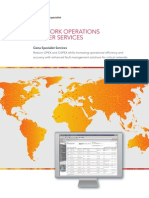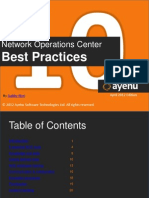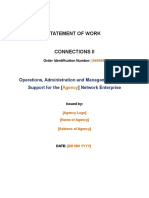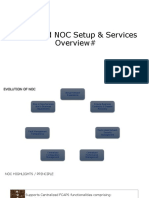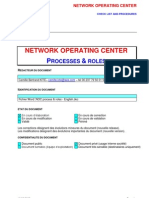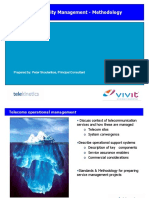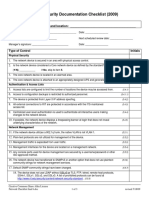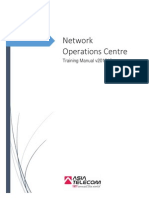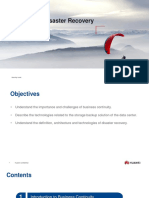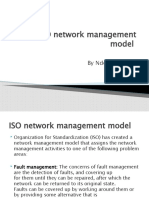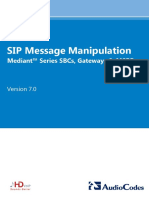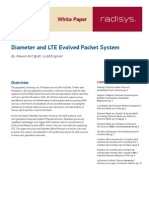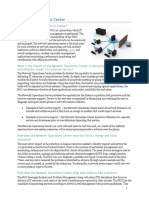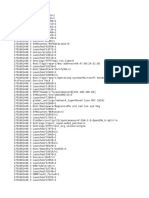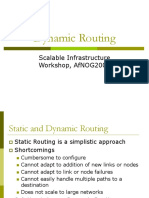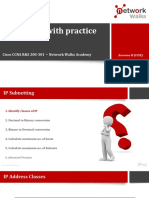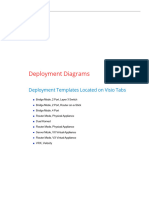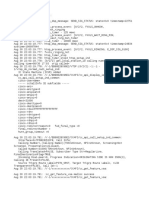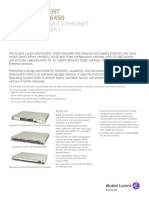100% found this document useful (1 vote)
554 views70 pagesNetwork Management Essentials
The document discusses network management and operations. It describes network monitoring systems and tools like Nagios that can monitor servers, services, and network devices using SNMP, ping, and traceroute. It also discusses setting up a Network Operations Center (NOC) to consolidate monitoring functions and field incidents and problems. The NOC is where network monitoring tools and data should be centralized.
Uploaded by
Luis Mejia GarciaCopyright
© © All Rights Reserved
We take content rights seriously. If you suspect this is your content, claim it here.
Available Formats
Download as PDF, TXT or read online on Scribd
100% found this document useful (1 vote)
554 views70 pagesNetwork Management Essentials
The document discusses network management and operations. It describes network monitoring systems and tools like Nagios that can monitor servers, services, and network devices using SNMP, ping, and traceroute. It also discusses setting up a Network Operations Center (NOC) to consolidate monitoring functions and field incidents and problems. The NOC is where network monitoring tools and data should be centralized.
Uploaded by
Luis Mejia GarciaCopyright
© © All Rights Reserved
We take content rights seriously. If you suspect this is your content, claim it here.
Available Formats
Download as PDF, TXT or read online on Scribd
/ 70


